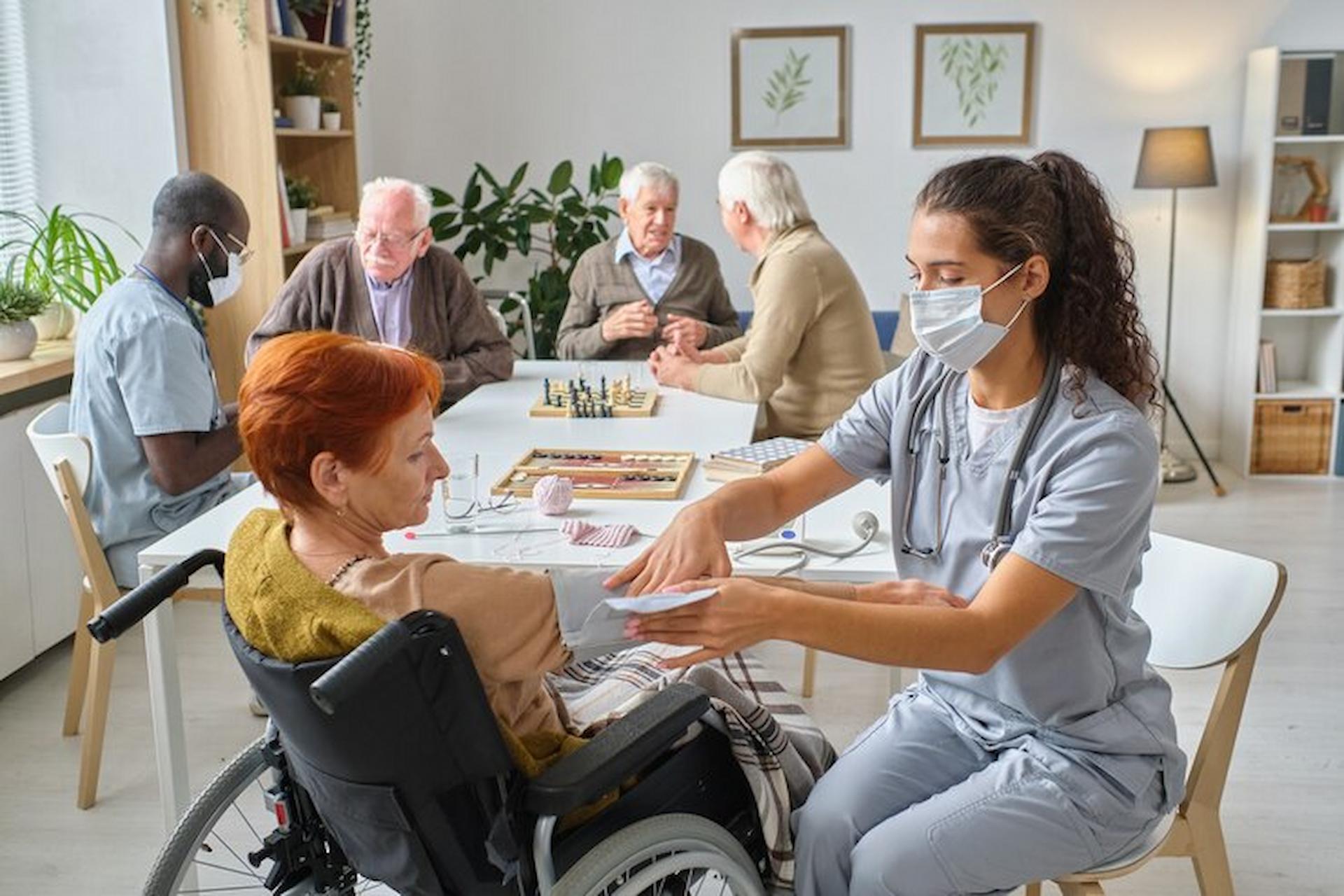Moving into a care home is a significant transition for many older adults. While physical care and safety are critical, an often-overlooked aspect of well-being is the role of social activities and community in fostering a happy and fulfilling life. Engaging in meaningful relationships and activities can significantly enhance residents’ quality of life, emotional health, and sense of purpose.
This article explores why social activities and a strong sense of community matter in care homes, the benefits they bring, and how families can ensure their loved ones are part of a vibrant, inclusive environment.
Why Social Activities and Community Matter
Humans are inherently social creatures. Whether it’s sharing stories, enjoying hobbies, or simply being in the company of others, social interaction plays a vital role in emotional and mental health. For care home residents, these opportunities become even more crucial as they often face changes in their physical abilities, routines, and social networks.
Combatting Loneliness and Isolation
According to a report by Age UK, more than 1 million older adults in the UK experience chronic loneliness. This loneliness is linked to a host of negative outcomes, including depression, anxiety, and cognitive decline.
Social activities in Chelmsford Care Home provide residents with opportunities to:
- Form new friendships.
- Stay mentally stimulated.
- Feel connected to a supportive community.
Example: A weekly book club can give residents something to look forward to, spark conversations, and create lasting bonds.
Key Benefits of Social Activities in Care Homes
1. Boosting Emotional Well-Being
Participating in group activities helps residents feel valued and included. These interactions foster happiness, reduce feelings of loneliness, and improve self-esteem.
- Celebrating birthdays, holidays, or milestones together creates a sense of belonging.
- Activities like music therapy or painting can serve as creative outlets for emotions.
2. Encouraging Physical Health
Many social activities involve light physical movement, essential for maintaining mobility and overall health.
- Chair yoga or group dance sessions promote flexibility and strength.
- Gardening clubs keep residents active while enjoying the fresh air.
Fact: Regular physical activity has been shown to reduce the risk of chronic diseases and improve mood in older adults.
3. Enhancing Cognitive Abilities
Social and mentally stimulating activities can slow cognitive decline and boost memory.
- Games like bingo, trivia, or card games challenge the brain while fostering social connections.
- Storytelling groups allow residents to share experiences, stimulating memory recall.
4. Building a Sense of Purpose
Activities that allow residents to contribute to their community or help others can instil a sense of purpose.
- Volunteer projects, like knitting for charity, provide meaningful engagement.
- Leadership roles in resident committees empower individuals to make decisions about their environment.
Creating a Strong Community in Care Homes
1. Encouraging Resident Participation
Involving residents in planning activities is essential for a thriving community. This ensures that their interests and preferences are reflected.
Example: Some care homes allow residents to vote on weekly activities instead of a pre-set schedule, ensuring everyone feels included.
2. Promoting Intergenerational Connections
Programs that involve younger generations, such as school group visits or family days, foster a sense of connection and vitality.
- Residents can share stories or skills like cooking or crafting with younger visitors.
- Children’s energy and enthusiasm often uplift the entire community.
3. Building Strong Relationships Among Staff and Residents
Care staff play a critical role in fostering a positive atmosphere.
- Friendly, approachable staff members encourage residents to participate in activities.
- Staff trained in interpersonal skills can identify when a resident might need additional emotional support.
Examples of Engaging Social Activities
- Themed Events and Celebrations
Seasonal festivals, movie nights, or costume parties bring everyone together in a festive spirit. - Arts and Crafts
Creative outlets allow residents to express themselves and develop new skills, from painting to knitting. - Exercise Groups
Whether tai chi or light aerobics, group exercise sessions promote physical health and camaraderie. - Educational Workshops
Talks or classes on history, gardening, or technology keep residents intellectually engaged. - Music and Dance
Live performances or sing-alongs create joyful experiences and help evoke cherished memories.
How Families Can Support Social Engagement
Family members are essential in encouraging their loved ones to stay socially active in care homes. Here’s how:
- Visit Often: Regular visits reassure residents of their importance and can motivate them to join community activities.
- Ask About Interests: Talk to staff about your loved one’s hobbies and ensure activities align with their preferences.
- Participate Together: Attend family days, holiday events, or group activities alongside your loved one.
- Encourage New Friendships: Introduce your loved one to other residents and encourage them to build connections.
Overcoming Barriers to Social Engagement
Despite the many benefits, some residents may hesitate to participate in social activities due to shyness, health issues, or unfamiliarity with new environments.
Tips for Encouragement:
- Start Small: Encourage participation in low-pressure activities, like watching a group movie or joining a casual chat.
- Highlight Benefits: Share how activities can help them feel happier and more connected.
- Support Transitions: Assist with adapting to new routines, ensuring they feel comfortable trying new things.
The Role of Technology in Building Community
Technology is becoming an increasingly valuable tool in enhancing social engagement for Chelmsford Care Home residents.
- Video Calls: Virtual family visits ensure residents stay connected with loved ones who live far away.
- Interactive Games: Tablets or consoles with group games can bring residents together for fun competitions.
- Social Media: Shared photos or updates about activities help residents feel part of a larger community.
Conclusion
Social activities and a strong sense of community ensure that care home residents lead fulfilling, joyful lives. These interactions combat loneliness, boost emotional and physical health, and foster meaningful relationships.
Creating vibrant, engaging care home environments requires collaboration between staff, residents, and families. By prioritising social connections and tailored activities, care homes can become places where residents live and truly thrive.




